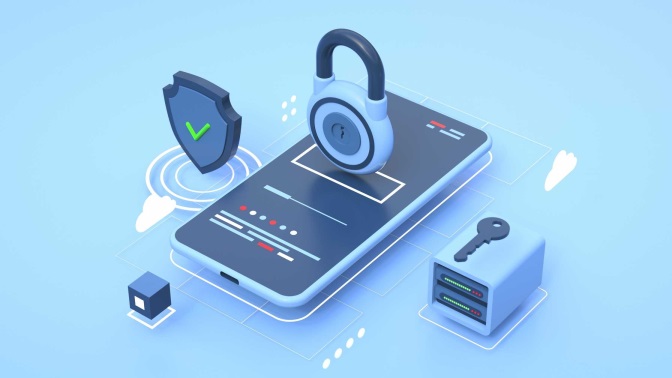Introduction:
The evolving mobile application ecosystem has seen application developers exert their central attention on security to be able to keep pace with the increasingly complex threat landscape. Belonging to a new generation and smartphone enthusiast who relies on apps to do work has drawn attention to the fact that your privacy should be guarded from untrusted sources. Right here is where the passivation of the App shielding method gets into the game, enabling app developers to have in-depth knowledge of securing mobility applications.
App Shielding:
Application shielding can be seen as a multi-dimensional security plan that stands between the onslaught of cyber threats exerted on any system. Security is made up of several layers of security measures implemented at the levels of the code, data storage, network communication, and runtime environment, which are redundant.
One of the most noticeable methods of App shielding today is code obfuscation. It is an algorithm that converts the intelligible original base to a much more comprehensive and readable form. That way, they do not make a routine computer attack while deleting crucial information. This feature is crucial in that it enhances its credibility and robustness, thus resisting any such attempt involving malicious intent.
The app frequently adopts runtime application self-protection (RASP) with extra features such as run-time application self-protection that dynamically applies defenses against threats through detecting program behaviour and works when the app is running. With this, the system has the capability of identifying and tracing back suspicious actions in real time while identifying any deviations from normal behaviour. Consequently, the RASP can prevent incidents before they come to fruition, thus lowering the time the attacker even comes near the system’s vulnerabilities.
Benefits of app shielding:
The deployment of Apple Security app shielding will see app developers, business owners, and users stay safe from multiple threat levels. We are expected to maximize the security level of the mobile platform, and this outcome would lead to the prevention of losses, theft of customers’ data, and company image problems. The app has sophisticated multi-defensive guards that are the very best of security action and can take over the face of more complicated cyber-attacks.
Moreover, app shielding features have unique characteristics and attributes, with different businesses being included in the design. Developers can set up custom security coding rules and configurations related to their software applications based on the character of the business.
Additionally, the app shielding solutions help standardize the compliance process by providing strong safety armour in the form of controls and features that perform these security checklist principles. The establishment of a framework in a regular environment will make it easier for an enterprise to meet compliance requirements, as this will keep it away from any legal issues and at the same time help in achieving due process of law.
Conclusion:
In this regard, a shield security component is a needed validation level that provides a widespread and proactive response to overcome multiple vulnerabilities on mobile devices. Different ways of hiding source codes, device detection, and putting checks at runtime level, as well as various self-defence mechanisms being used when selecting security measures, exactly create a sense of trust among the users that they will be relatively well guarded in the electronic environment where they usually self-conduct their digitally supported transactions.
Since threat ecosystems get more and more complex, the usage of solutions like app shielding, such as Appsealing, may be imperative in the mobile world’s protection and make data safe and sound in stable conditions too.
Also read Your Ultimate Guide to Buying Steroids in the UK Safely
